Family Tree Concepts
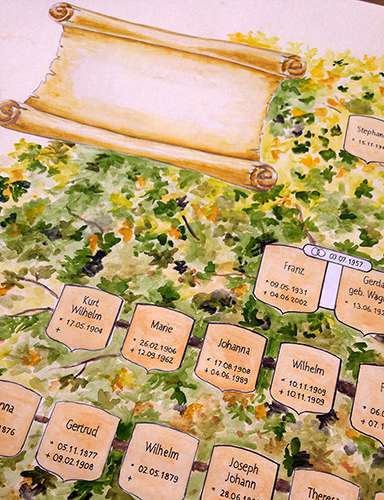
Focus of the family tree representation
The representation of the family trees and pedigree charts can be very different. Depending on the amount of information you should adjust the focus of the drawing. A painted family tree does not have to go back to the 18th century to be figurative. Extensive pedigrees can contain five to six generations and yet around one hundred nameplates.
I.) Young family trees
Characteristic: up to 20 name plates on 3-5 generation lines
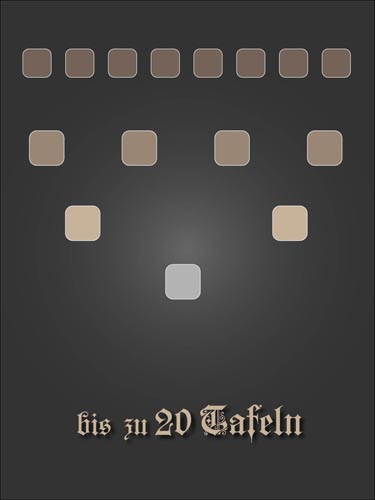
A pedigree does not necessarily have to reach back into distant centuries. A picture of one’s own family, mostly perhaps even a living one, can be seen as a sign of attachment to one’s relatives. A tree with three to four generations is a symbol of who you are among its own. Also, this portrait can be framed and richly decorated to find a worthy place in your own home. Spiked with the dates of birth and marriage, such smaller trees also fulfill the function of an artistically high-quality calendar. They can also be seen as the basis for a future, larger tree.
Young trees often have the purpose of mentioning all living or recently deceased family members on a single graphic. The tree is thus wider than a classic family tree. With two different family strands, two or more trees can be combined in one artwork. The common crown then represents the youngest generations.
Such a graphic can mostly be realized by questioning relatives. Professional genealogists or other research help is probably not necessary. However, the positive response speaks for the success of the project as a wonderful present for a great anniversary.
II.) Small family trees & pedigree charts
Characteristic: ca. 20-50 name plates on 4-7 generation lines
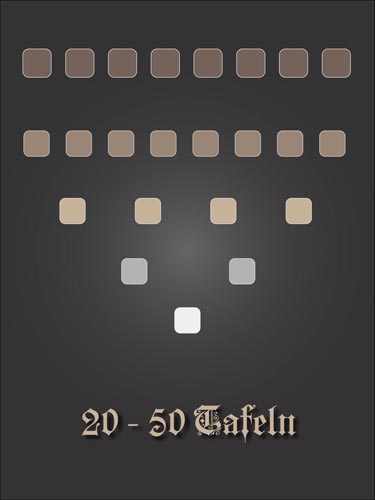
Unfortunately, the results of genealogical research are often not very satisfying. Information is often missing due to the two World Wars or other disasters. Sometimes a lead cannot be traced due to ancestral migration. There is no rule that states that a pedigree may only be marked as such after a certain number of generations. In some cases, only the male ancestors without their siblings are consciously depicted. This results in relatively small trees even at several generation levels. The number of generations is therefore basically not a relevant factor for the characterization of a project.
III.) Medium sized family trees & pedigree charts
Characteristic: ca. 50-80 name plates on 6-10 generation lines
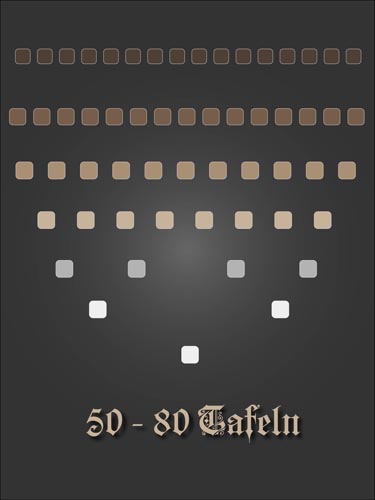
The average size for pedigree queries is around 50-80 name plates. A survey of the oldest surviving generation can form the foundation for mid-sized family trees and pedigree charts. This information often serves as a basis for further research, for example on public archives and church books. Work in this area can usually still be realized on drawing paper of the size DIN A2 (42.0 x 59.4 cm).
IV.) Large family trees & pedigree charts
Characteristic: ca. 80-110 name plates on 10 generation lines
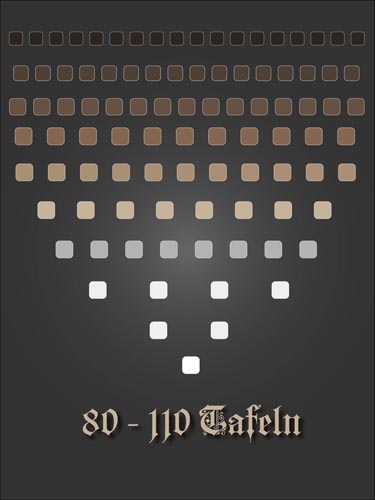
The result of very intensive research can be a record of 80-110 people. If many important documents are available for genealogical research, larger family trees and pedigree charts are also possible. The ancestors often come from the same place or the same region. This makes it easier to search for information and creates large data sets even at levels that are several centuries ago. Larger projects usually have to be made on document paper in the formats DIN A1 (59.4 x 84.0 cm) or larger. On this scale, even secondary information may have to be filtered out in order to avoid unnecessarily inflating the presentation and to avoid space issues.
V.) Genealogic major project
Characteristic: over 110 name plates
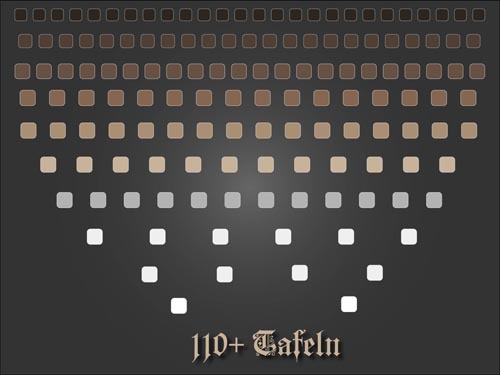
A record of more than 110 people is a major conceptual challenge. The individual name plates have to remain legible and should always be in logical context. Large-scale projects require generous scheduling and several weeks of processing time (including digital preliminary work and any corrections). The feasibility of a project is always checked by the artist in the run-up to an order processing. While a modification of the classical representation is often possible in smaller projects, for example, all spouses could be included in a pedigree, major genealogical projects are much more inflexible.

